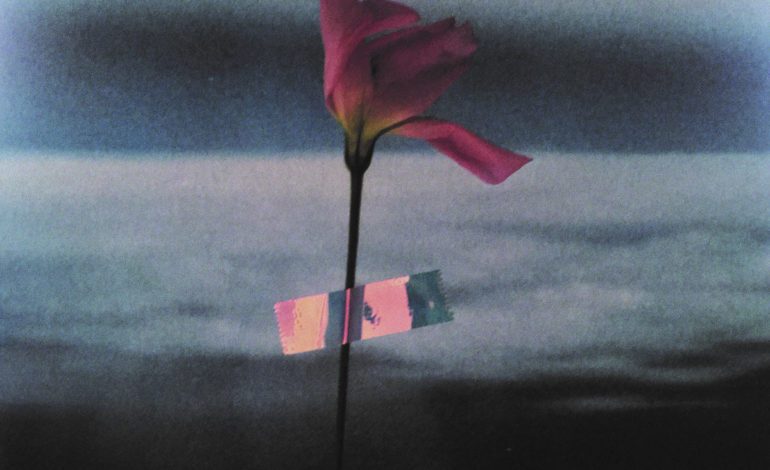

Soundtrack to a waking dream
In a previous generation, the term singer-songwriter evoked images of the solitary artist and their instrument—usually acoustic. Sustaining the same creative ethos, but shedding the minimalist approach to instrumentation, personnel and electricity, the modern version of this type of musician might look a bit like Will Samson. With a willingness to wade into synthesized sounds when necessary, and recruiting other musicians for parts that he can’t fully flesh out himself, Samson approaches Paralanguage as a singer-songwriter but behaves more like a composer.
Welcome Oxygen (2017) and Ground Luminosity (2015), Samson’s previous two LPs, are more directly delivered, in that they rely heavily on his guitar and voice, whereas the ethereal sounds and gentle tone of this album expand upon his pieces from last year’s EP, A Baleia. While Samson may be the writer and driving force behind this new collection, it would not succeed without ample outside contributions, especially those of violinist Beatrijs Deklerck. With the exception of Samson’s voice and the songs themselves, it is the most notable and indispensable aspect of the album.
“Calescent” immediately earns its name, opening with a warm electronic piano sound that clearly spells out the track’s underlying chord progression. The slow, focused vocals set against the uptempo percussion create an interesting dynamic while instruments appear and disappear fluidly, so as not to disturb the meditative quality of the song that also pervades the entire album. “Beyond The Dust” trades the electric piano for an acoustic, and interlaces some swirling synths and a lower-pitched harmony that helps shift even more of the focus towards the vocals. For most of the album, the tone is airy and spacious, a feat accomplished not only by instrument choice but also by the pitch width and the ample time between notes, phrases and song sections. The compression of some of these elements changes the feeling and mood, creating the brooding “Triplet,” one of the set’s best songs. Asking, “Do you feel more alive?” Samson adds to the ominous feeling through more, excellent vocal harmonies.
The instrumental vignette “Lacuna” is interesting, but its brevity limits its role to an intro-of-sorts for the subsequent piece, “The Human Mosaic.” Also an instrumental, it begins by borrowing the synth voice from the previous song and quickly transforms into a vehicle for Deklerck’s beautiful violin work. “Ochre Alps” might be the best song on the album, due to the strength of its chorus, but “The Human Mosaic” best captures the soul of Paralanguage.
At times the songs almost get lost in their own ambiance, and would probably do so if not for Samson’s pinpoint falsetto and the pitter-patter quickness of the synthesized percussion. Great song structures and melodies are present, but the tempo is so relaxed, and the delivery so unhurried that those accustomed to brief and well-defined verses might find some songs uninteresting, despite all of the warm, lush analog presentations. However, patient listeners should enjoy the unique mix of wide harmonies, varying tempos and a soaring violin set against a backdrop of pretty compositions.
